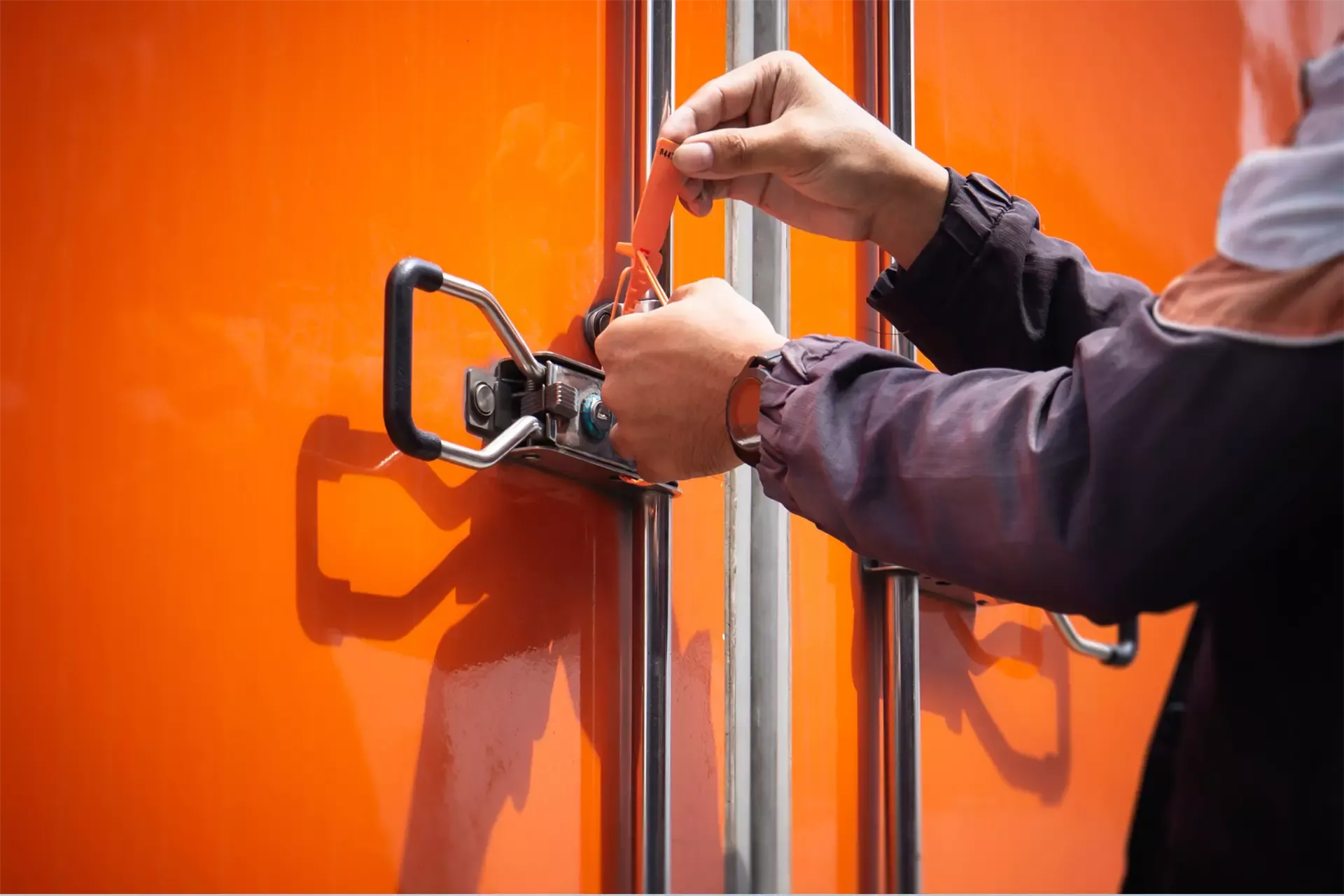Construction hoist: 8 safety instructions to follow

Construction hoist: 8 safety instructions to follow
There are multiple risks concerning the safety of workers on construction sites. The construction hoist is one of the equipment that presents dangers during assembly and use and safety instructions must be followed to prevent risks. Here are 8 guidelines to follow to ensure the safety of workers.
1. Follow the regulations concerning freight elevators
The freight elevators located on construction sites must comply with:
- to the ACNOR Z256-1972 Material Lift Standard for machines manufactured before 1987
- To the Material Lift Standard Safety Rules for Material Elevators for Equipment Manufactured After 1987
In Quebec, an employer planning to install a construction lift must also send to the Commission de la construction du Québec the installation plans (including the dismantling process) signed and sealed by an engineer.
2. Head Protection
The head is the part of the body that we must protect most effectively and only wearing an adequate safety helmet can ensure optimal protection. This is mandatory in many working conditions and in particular when assembling or using a construction hoist.
3. The delimitation of the zone
The area at the foot of the freight elevator must be clearly delineated in order to avoid people getting stuck or run over. The worker responsible for positioning the lifting accessories must step aside before lifting begins.
The same instructions must be respected when receiving the load: workers position themselves so as not to be knocked over or stuck by it and wait until the load is completely stopped before unhooking it. Not to mention that no one should ever be or go to position themselves under load.
4. The Ban on Passenger Transport
The lift must be used for the purpose for which it was designed. It must not be overloaded or carry people and a pictogram “Transport of prohibited persons” must be placed on the lift.
5. An elevator mechanic must operate a construction lift
Even though construction hoist technologies have evolved a lot in recent decades and the systems are safer than before, Quebec regulations continue to require an elevator mechanic to operate a temporary or permanent system on a construction site. He is the only person authorized to move materials using a freight elevator.
6. He Must Have Undergone Training
In order to operate the lift safely, the operator must undergo appropriate training, in particular on the characteristics of the machine.
7. The mechanic must be assisted if necessary.
The operator must be in a safe place, allowing him to have sufficient visibility of the load to be moved and where to put it. If he does not see the load well, he can be assisted by a trained collaborator who will guide him using conventional signals and accompany him until the load is unloaded.
8. The Lift Should Be Checked Regularly
The freight elevator must be inspected regularly by an approved organization and the comments mentioned on the inspection report must be followed up. If necessary, the machine should not be used again until work is carried out.
Like all construction equipment, the assembly and operation of a freight elevator presents a potential danger for workers present on the construction site. By training staff and following safety instructions, the risk of injuries and accidents is minimized.





